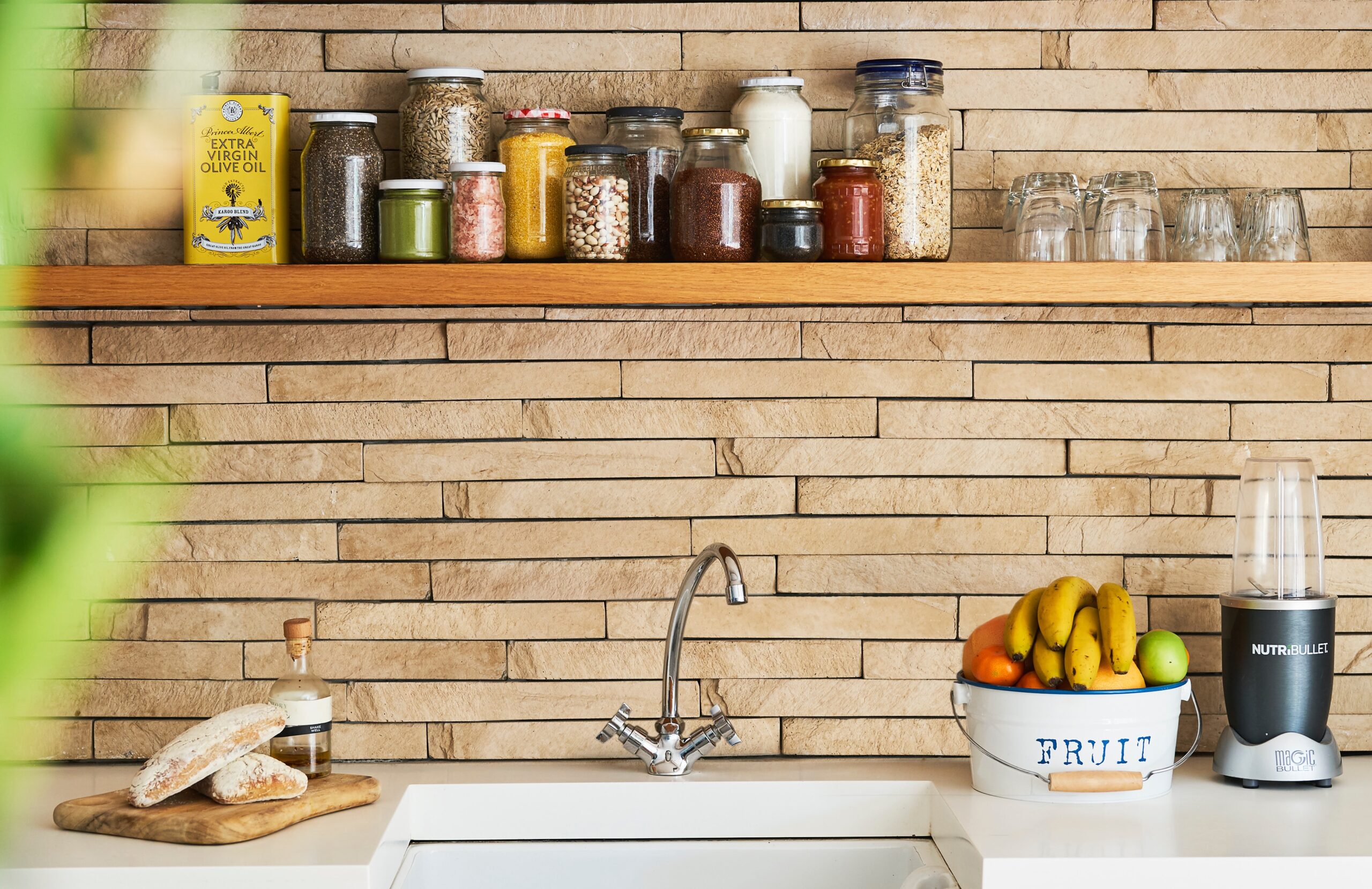Portions – The other side of MyPlate
In this blog I’m going to cover portions, what I call the ‘other’ side of MyPlate. Knowing how to portion out your food and making good food choices go hand in hand. Servings vs. portions, liquid vs. dry weights and knowing how much you should eat can get confusing for anyone trying to follow a healthy eating pattern.
Let’s get some basics out of the way. There are two ways you’ll normally portion out your food, by weight or by volume. You should always use a liquid measuring cup or measuring spoons for liquids. For volumes of dry stuff, like cereal, you’ll want to use a dry measuring cup. If you’re lucky and the weight of a portion is listed, go ahead and use a scale. You can find inexpensive scales that have all sorts of features in stores or online. I just Googled the words ‘food scales’ and found 34 pages of scales priced from $2.81 to $619.00. Some even have settings to ‘weigh’ fluid ounces. Just remember that a cup of milk weighs more than a cup of water. (If you really wanted to geek out, here’s a good video that talks about fluid vs. dry weights).
A serving of a particular food or a serving size is usually associated with the Nutrition Facts label, like this one. (If you’re new to the Nutrition Facts label, take some time and check out the link). The portion of food you choose to eat may be the same as the serving size on a Nutrition Facts label, but then again it may not. For example, this morning I had cereal, milk, and raisins. The cereal box had a Nutrition Facts label which had a serving size of 1 cup or 28 grams. That’s how much I had. The raisins had a serving size of ¼ cup or 40 grams. My portion was ½ of that or 20 grams.
If you want to see what different portions look like, ChooseMyPlate.gov has a food gallery of pictures from each of the five food groups. You can see that here.
Just click on whatever food group you’re interested, and then take a look at the list of foods – some of them have links to pictures. WebMD has a nice wallet size portion guide for those don’t have a scale handy. There are a lot of guides out on the Internet that use reference items like baseballs or dice to help you figure out portions, but if you look at this guide, you’ll see it was made by a registered dietitian.
If you want a basic guide for portions for preschoolers, eatright.org has a basic guide here. www.eatright.org has lots of nutrition information on their website which may answer other nutrition questions you may have.
I know there’s a lot of information and links in this post, so my advice is to take your time and add one or two tips into your day until they become habits. If you’re eating healthy, knowing portions will help you get to your goal. If anyone has any additional links to portion pictures, helps, or hints, tweet them to me @charleskite and I’ll be sure to share them.
CAND Instagram
Recent Posts
Meet the Author
Bringing you the best nutrition information...
Our Academy Bloggers
CAND has several professional and student bloggers. They write about a range of topics for the public.



